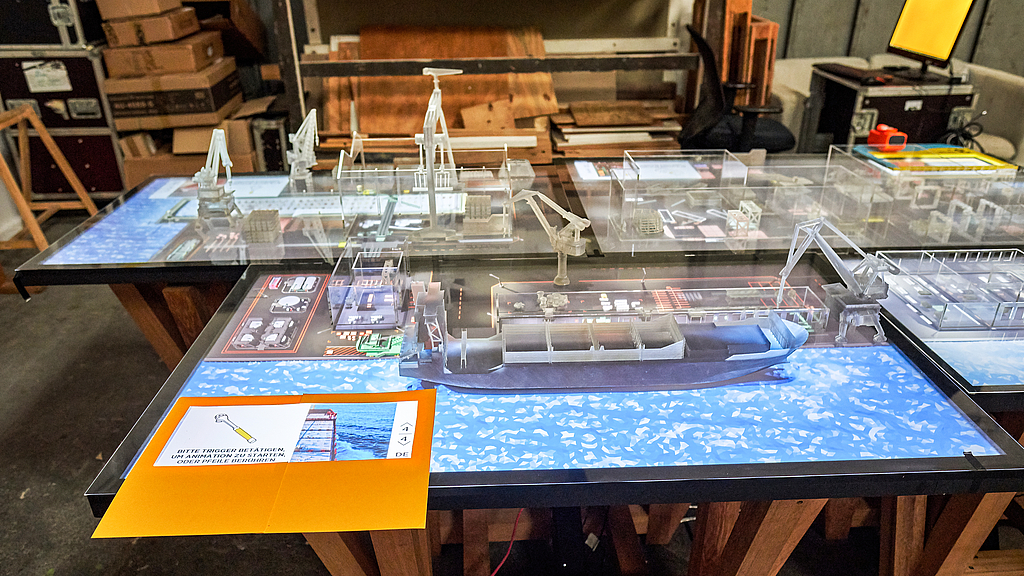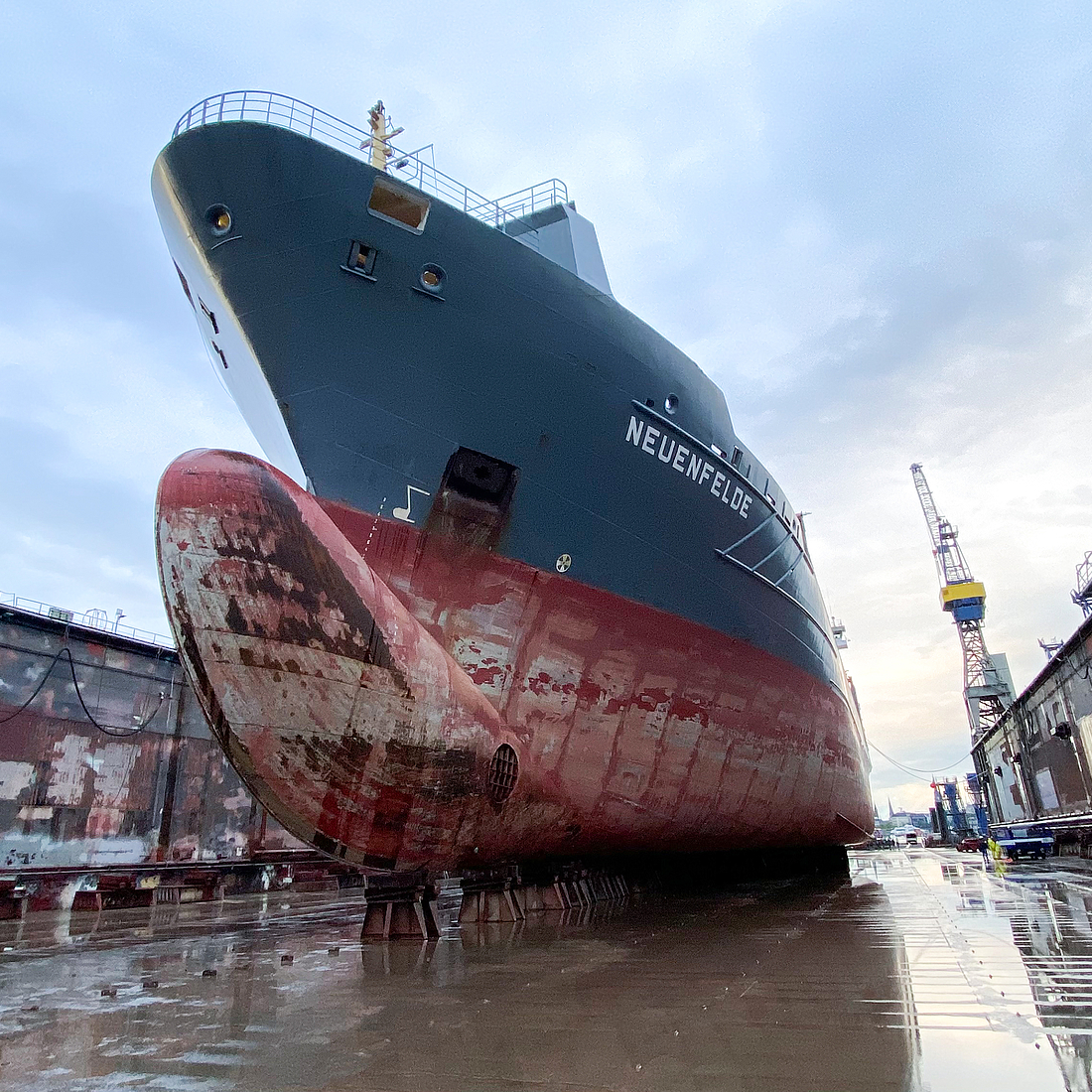Interactive shipyard model brings modern shipbuilding to life
How is a ship built? How does a shipyard work? The German Maritime Museum (DSM) / Leibniz Institute for Maritime History invites you to experience Shipbuilding 4.0: In the special exhibition "Steel and Bytes - A Ship is Built", which can be visited from Saturday, October 1, 1 p.m., the motto is: roll up your sleeves and join in the construction. Maritime engineering from the Middle Ages and the 21st century can be discovered side by side.
Big, loud, oversized - the shipyard is a place of superlatives, where gigantic ships like the NEUENFELDE are built - a container feeder for which 33,000 tons of steel were installed and welded. With a length of 143 meters, a width of 22.5 meters and a draught of 8.7 meters, she is not even one of the absolute heavyweights, but moves in the midfield. How is a colossus of this size constructed? Who is involved and how much time passes before the ship is launched? The special exhibition "Steel and Bytes - A Ship is Built" functions like a glass shipyard: from the idea to completion, all stages of the 20-month construction process can be experienced using the NEUENFELDE as an example. Guests take over for the team at the shipyard and trigger work processes using joysticks, hand scanners and welding equipment. They look over the shoulders of various employees via digital applications until the NEUENFELDE is ready to set sail.
"Ports, shipyards and shipping have shaped development on the Weser for centuries and are still an important economic factor in the state of Bremen today. I am delighted with the bridge that the new exhibition builds, from cog building in the Middle Ages to shipbuilding in the present day," says Dr. Claudia Schilling, Senator for Science and Ports of the Free Hanseatic City of Bremen, and Chair of the DSM Foundation Board.
"The new special exhibition closes a circle at the DSM: museum guests directly compare the medieval shipbuilding of the cog with that of today. This fits in with the upcoming anniversary of the Cog Discovery, which will be 60 years old on October 8, as well as with the state of Bremen as a maritime location," says Prof. Dr. Ruth Schilling, Executive Director of the DSM. "The museum approach and the latest knowledge from shipbuilding flow into each other for the show. We show very vividly that building a ship is a complex feat and, above all, a joint project." Schilling is looking forward to many museum guests sharing their experiences at the shipyard with the DSM.
In the immediate vicinity of the medieval merchant ship, the Bremen cog from the 14th century, whose discovery in the Weser this year marks the 60th anniversary, guests can now experience Shipbuilding 4.0 and see how craftsmanship changed at the shipyard. Instead of wooden and sailing ships, more and more iron and steel ships were being constructed. Shipwrights were replaced by machinists, coppersmiths, boilermakers, turners, casters and riveters. Even though the number of employees at shipyards has shrunk considerably due to structural change, the construction sites are part of Bremerhaven's self-image.
The special exhibition was created in cooperation with the Fraunhofer Institute for Large Structures in Production Engineering (IGP) in Rostock, the Potsdam design agency "Xenorama - Studio for Audiovisual Art" and the Bartels shipping company.
Special exhibition "Steel and Bytes - A Ship is Built" from Saturday, October 1, 1 p.m. in the Kogge Hall. Admission: 6 euros, reduced 3 euros.
Offer group tours
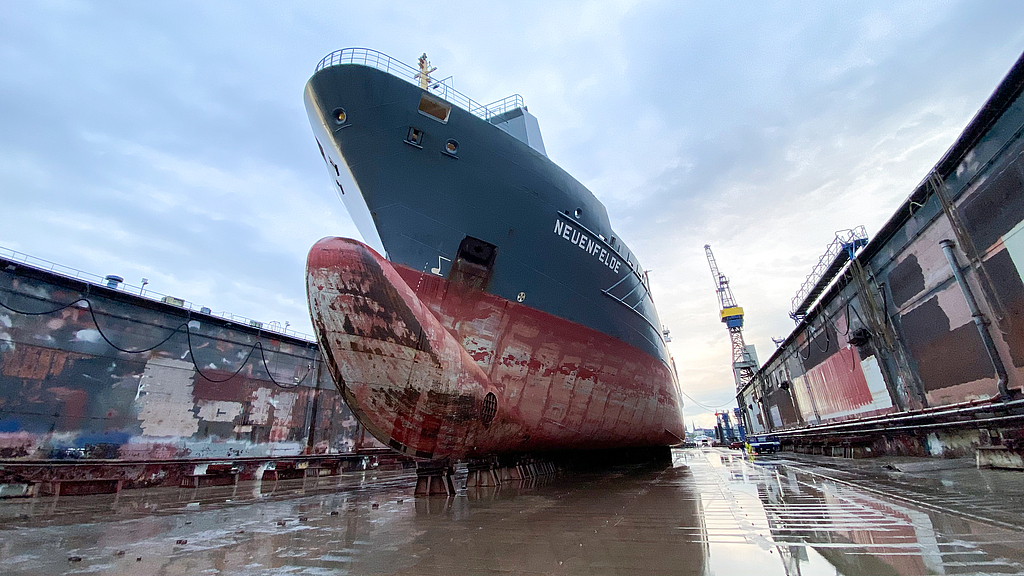
Photo: Reederei Bartels
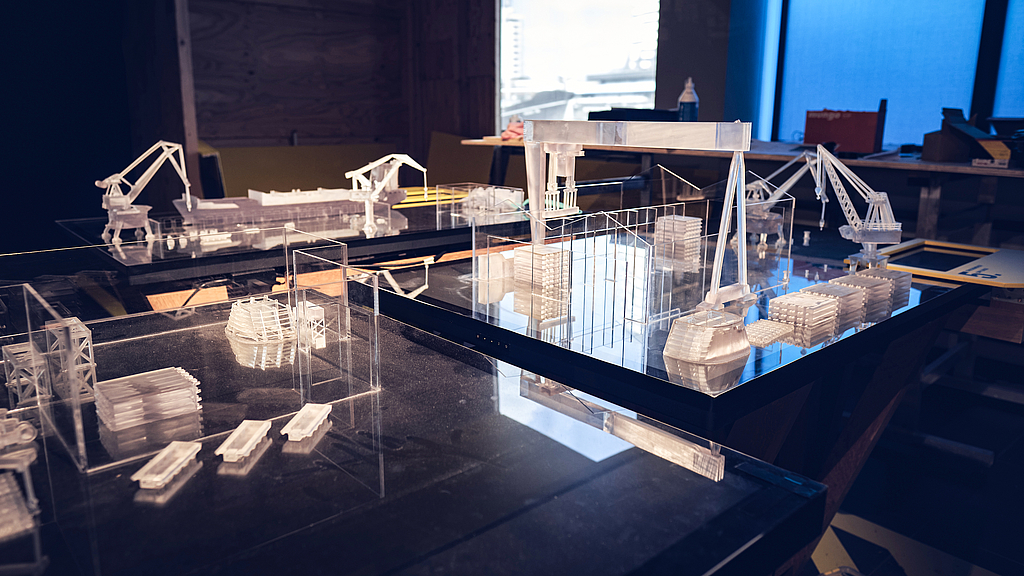
In the new special exhibition "Steel and Bytes," guests experience how a ship is built at the shipyard.
Photo: DSM / Niels Hollmeier
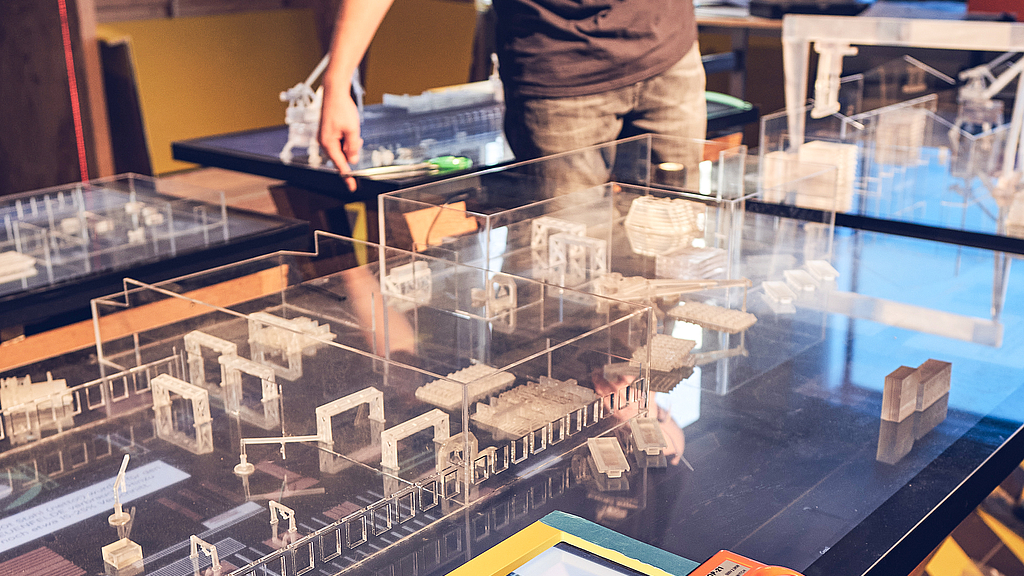
Guests are invited to lend a hand themselves and steer the crane, for example.
Photo: DSM / Niels Hollmeier
